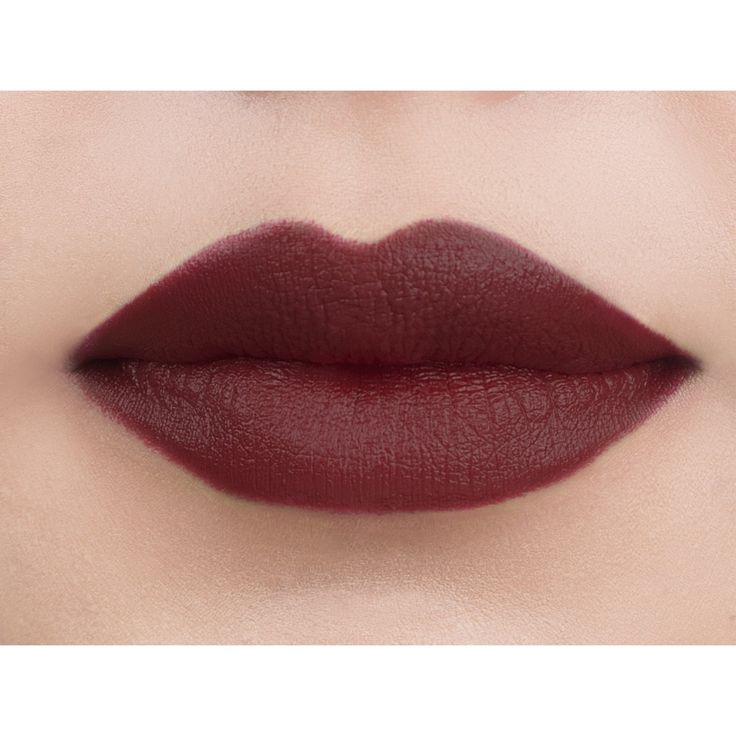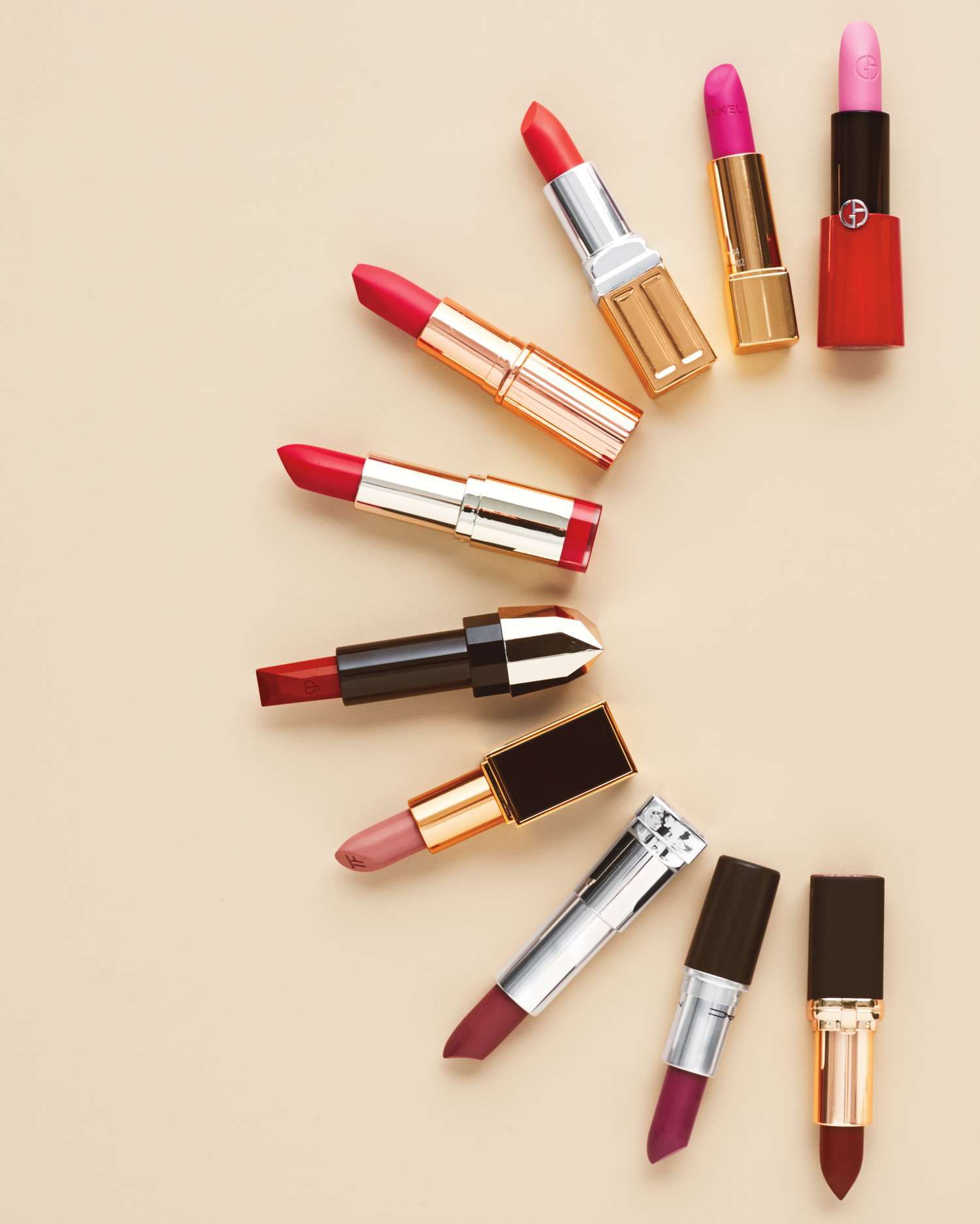Explore the chemistry behind lipstick composition, including oils, waxes, pigments, and additional components. Learn about the characteristics that make a lipstick great and the careful selection of ingredients to ensure safety. Finally, get insights into the manufacturing process, from pigment milling to packaging.

Lipstick, a timeless symbol of beauty, has transcended ages and cultures, leaving an indelible mark on the canvas of cosmetic history. From ancient civilizations to the contemporary beauty industry, the evolution of lip color is a captivating journey that reflects societal trends and technological advancements.
History of Lipsticks:
Ancient civilizations, including the Greeks, Persians, and Egyptians, pioneered lip color usage. Queen Elizabeth I’s court embraced red mercuric sulfide, while rouge set trends in ancient times. Lip color was a symbol beyond gender in ancient Egypt, using dyes from natural sources. The twentieth century witnessed widespread acceptance, leading to commercial manufacturing in 1884, Paris.
Characteristics of Good Lipstick:
A great lipstick remains solid, hard yet unbreakable, soft for smooth application, and maintains an evenly-toned layer. The melting point, wax content, and ingredient proportions play pivotal roles in achieving these characteristics.
Composition of Lipstick:
Lipsticks are crafted from a blend of moisturizing oils, waxes, and pigments. Key ingredients include castor oil, mineral oils, lanolin, cocoa powder, and more. Glycerine, with its anti-allergic and moisturizing properties, is a vital component supplied by distributors in Delhi.
Ingredients of Lipstick:
- Oils (60%): Castor oil, mineral oil, vegetable oils, and more.
- Wax: Candelilla wax, Carnauba wax, and other natural waxes.
- Pigments: Organic and inorganic colorants for varied shades.
- Preservatives and Antioxidants: Essential for extending shelf life.
- Fragrance: Masks the scent of chemicals in lipsticks.
- Alcohol: Used as a solvent for oils and wax.
Harmful Ingredients to Avoid/Limit:
- Lead: Limited to 20 mg due to potential harm when ingested.
- Harmful Pigments/Colorants: Coal tar-derived pigments can cause allergies and other adverse effects.

How Lipstick is Made:
The manufacturing process involves pigment milling, mixing, grinding, molding, flaming, and finally, packaging and labeling. Each step contributes to the creation of a visually appealing and long-lasting lipstick.
Beauty Industry Insights:
Beyond lipsticks, ingredients like Niacinamide, sourced from distributors in India, and Stearic Acid play vital roles in skincare products. These ingredients offer benefits ranging from regulating sebum production to creating luxurious creams.
Final Thoughts:
As the cosmetic wholesale market in Delhi thrives with diverse personal care products, understanding the sourcing and manufacturing processes of lipsticks is crucial. In the quest for beauty, appreciating the art and science behind lipstick production enhances our understanding of the products that adorn our lips, providing both allure and safety.
